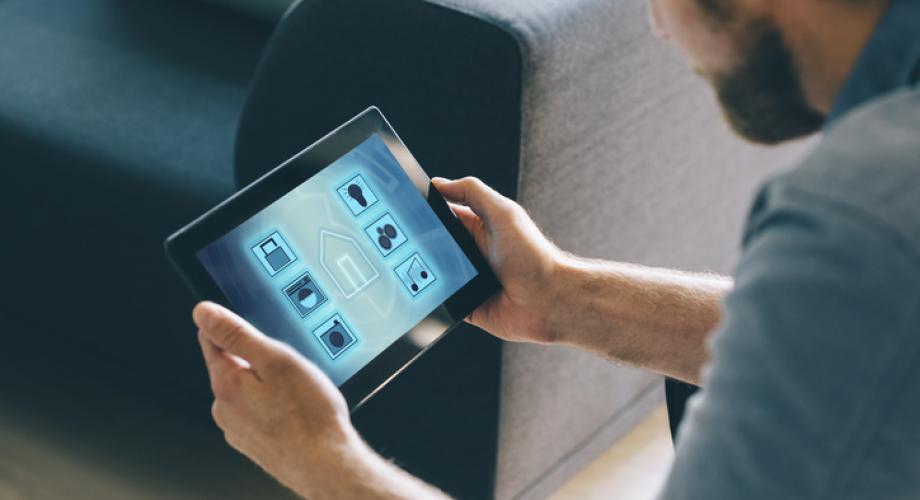The benefits of smart home tech go beyond ease of use. Data it provides can help operators plan events and possible even unlock the power of certain amenities.
Ever dress yourself in workout clothes and mentally prepare to workout only to arrive at the gym and see that all the machines are occupied?
At Nexus in Seattle, there is an app to ensure that does not happen.
Burrand Group’s sparkling, 41-story Nexus condominium has a full suite of “next generation” amenities that includes smart-home features with sophisticated access control and monitoring.
The developer installed multiple levels of security at Nexus—with separate access points at the entrance of the building, on individual floors, at amenity spaces and at individual units. “It locks every floor off so that delivery personnel, for example, don’t have free reign throughout the entire building,” says William Mainguy, Vice President of Strategy at Burrard Group.
Along with allowing residents into specific areas, such as the gym, Nexus’ smart-home system also monitors the number of people entering those spaces and feeds it to the building’s smart-home hub.
“The hub is connected to devices like Alexa,” Mainguy says. “You could ask Alexa if the gym is busy. Because of the integration, it will respond, ‘No,’ if the gym is empty.”
With much different underwriting requirements and a longer time horizon to pay off smart-home investments, it may be hard for apartment developers and owners to justify, including next generation tech that condo developers can install because they immediately pass the full cost directly onto consumers.
Still Chris Horney, Managing Director for MDG Real Estate, which builds Class A apartments in Chicago, says Nexus’ technology has a place in apartments.
“It wouldn’t be crazy for an apartment to feed the smart-hub documentation about occupancy usage to any of the common amenities,” he says.
In fact, Horney could see that scenario taking place in MDG’s 500-unit The Paragon Chicago, which has a 2,500-square-foot co-working space on the seventh floor. “In theory, a resident could ask Alexa to book a phone or conference room in the co-working space in the next two hours,” Horney says.
Right now, MDG cannot offer this technology, but it could be coming soon.
“We are setting up the backbone, so we could add that later without that much work,” Horney says. “If you don’t put that backbone in, you will not get the information that you need. It’s more about the software on the back end to monitor common spaces and amenities than it is about the hardware.”
Other apartment owners would like to be able to let their residents have access to real-time usage data to book amenities. “We don’t have that kind of scale yet, but that’s one of the long-term goals,” says Johnny Gregorio, an Asset Manager with GoldOller Real Estate Investments.
But that will be changing. “We are now piloting a full property retro fit in 2019,” Gregorio says. “We’ll have an entire property fit out within 6 months of launching the project.”
Horney says one thing is certain—once residents can use real-time information to book and access amenities, they will begin to demand that function from their apartment community.
“What is first a novelty soon becomes an expectation,” he says. “I don’t know how long that process takes, but I certainly think these things will become an expectation in the next five to seven years.”
While residents of the Paragon use information captured from smart-home devices to manage their lives better, apartment owners can use the same types of data to manage their communities more effectively. That is also something that intrigues Horney.
“We are working with multiple vendors to do something where we could combine the systems we have into other parts of the building,” Horney says. “It really helps us manage the building better.”
If, for instance, there is data saying that 87 percent of residents in an MDG building come home between 6 p.m. and 9 p.m., it could help property managers to program events in the lobby during that time.
“You don’t get that information on the individual level, given the privacy concerns, but you do on the aggregate level,” Horney says. “If you want to have a wine tasting event and you know Wednesday is the best night for traffic from 7 p.m. to 9:30 p.m., you can set it up to have the most amount of people attending.”
